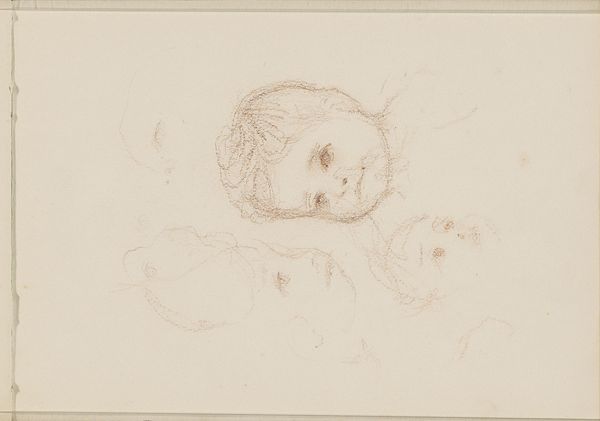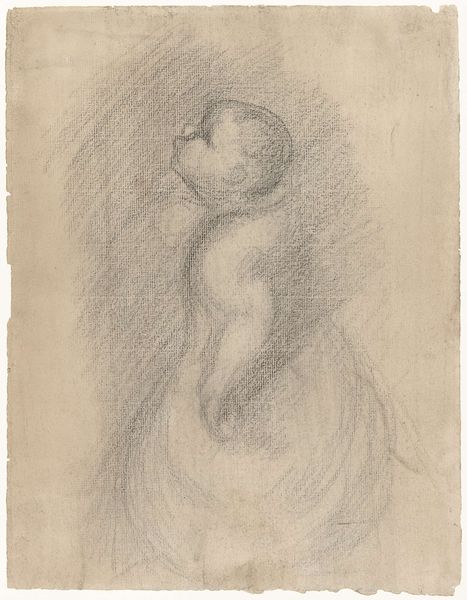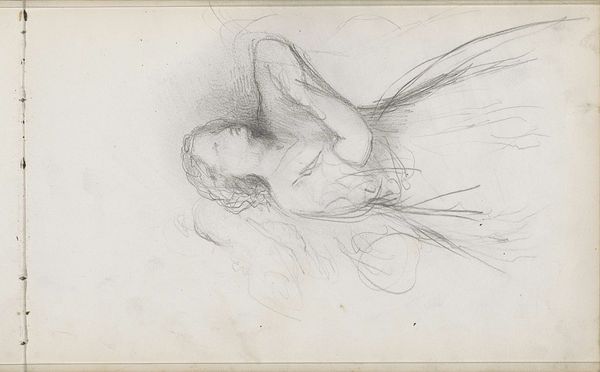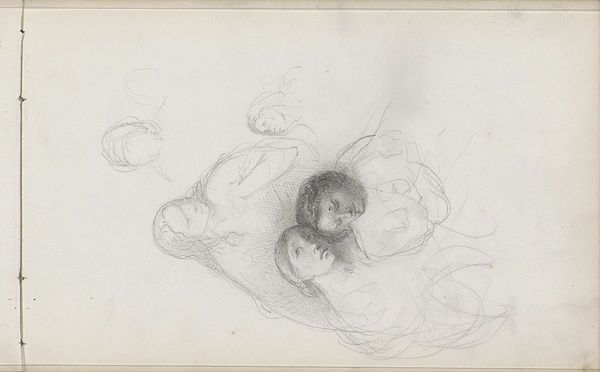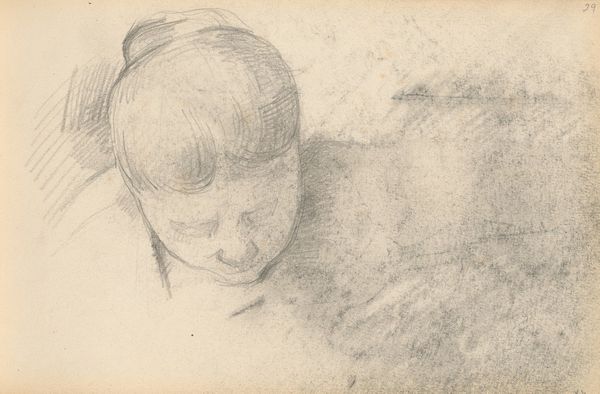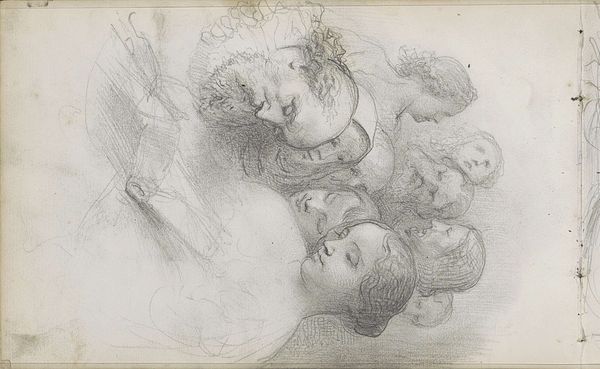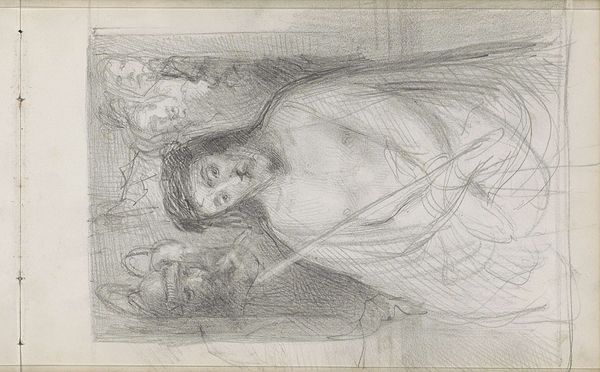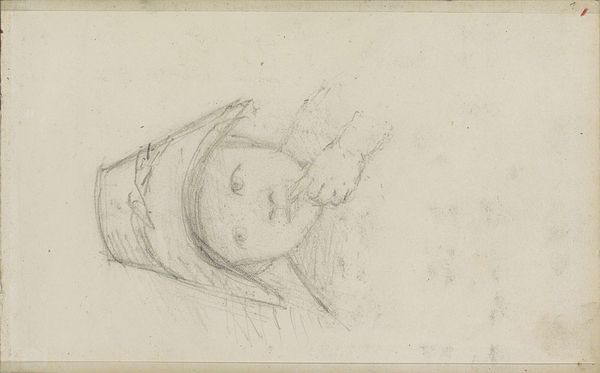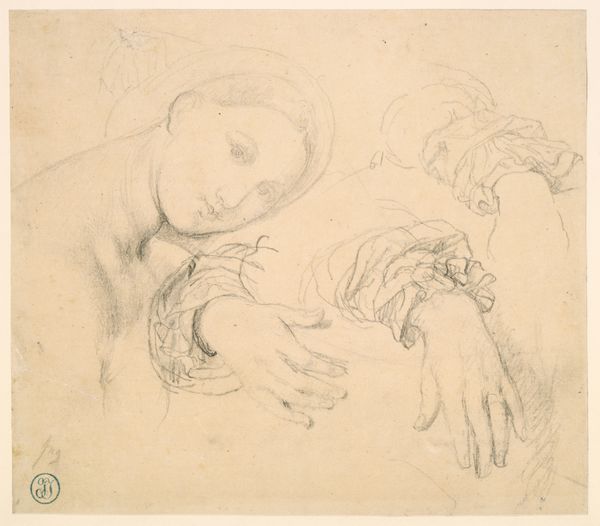
drawing, pencil
#
portrait
#
pencil drawn
#
drawing
#
pencil sketch
#
charcoal drawing
#
pencil drawing
#
pencil
#
portrait drawing
#
academic-art
#
realism
Copyright: Rijks Museum: Open Domain
Editor: This drawing, “Head of a Girl” by Bastiaan de Poorter, dates from around 1858 and is made with pencil. The softness of the lines gives it a really gentle, almost dreamlike quality. What strikes me most is how immediate the sketch feels. How would you interpret this work? Curator: From a materialist perspective, let's consider the role of pencil drawing in the mid-19th century. It was a readily available, relatively inexpensive medium, accessible to a growing middle class interested in artistic pursuits and readily facilitated academic study. How does that inform your perception of this as Realism, versus say, a finished Salon painting? Editor: I guess I hadn't really thought about that. The *process* of drawing with pencil, versus oil paint, immediately democratizes the act of artmaking, and suggests the accessibility of realism as a style. It almost flattens a hierarchy. Curator: Exactly. Consider the paper, too. Its likely relatively inexpensive and mass-produced. It's not some luxurious vellum. This all underscores how the materials and modes of production influence what gets created and who can create it. Where might an artist get this paper? What were the labour conditions for someone making the pencils or manufacturing paper? Editor: Thinking about the drawing as a manufactured product changes the way I look at it. It makes you wonder about the social and economic systems involved in creating even the simplest artwork. Did De Poorter consider all of this when portraying the girl? Curator: Perhaps. The very act of selecting this accessible medium, rather than a more 'high art' method, suggests a consciousness of his materials and the social implications inherent in artistic choices. What do you take away now from that dreamy quality you spoke of earlier? Editor: It’s still dreamlike, but now with the added weight of understanding how materials, labor and the means of production are always a subtext, consciously or not. Thanks, that's given me a lot to think about. Curator: My pleasure. It’s about seeing the unseen layers in even seemingly simple drawings, isn't it?
Comments
No comments
Be the first to comment and join the conversation on the ultimate creative platform.
